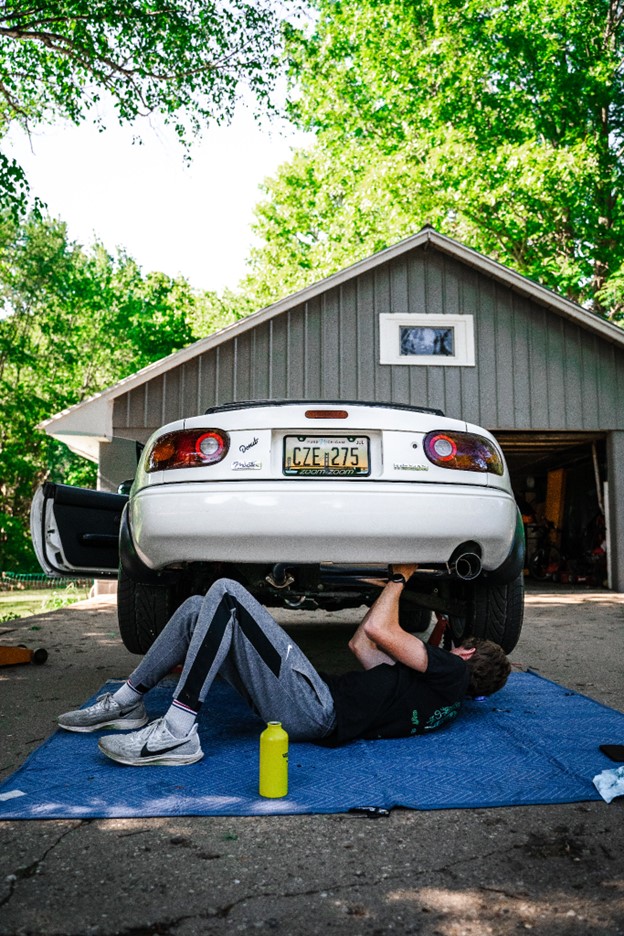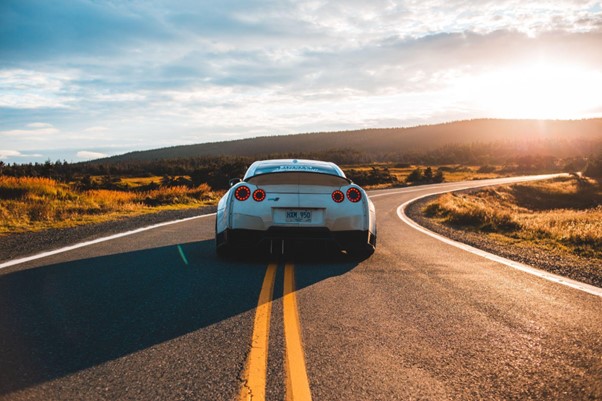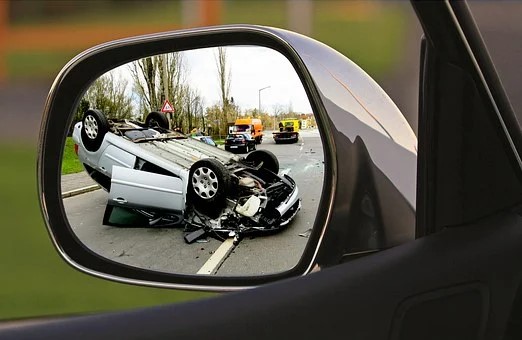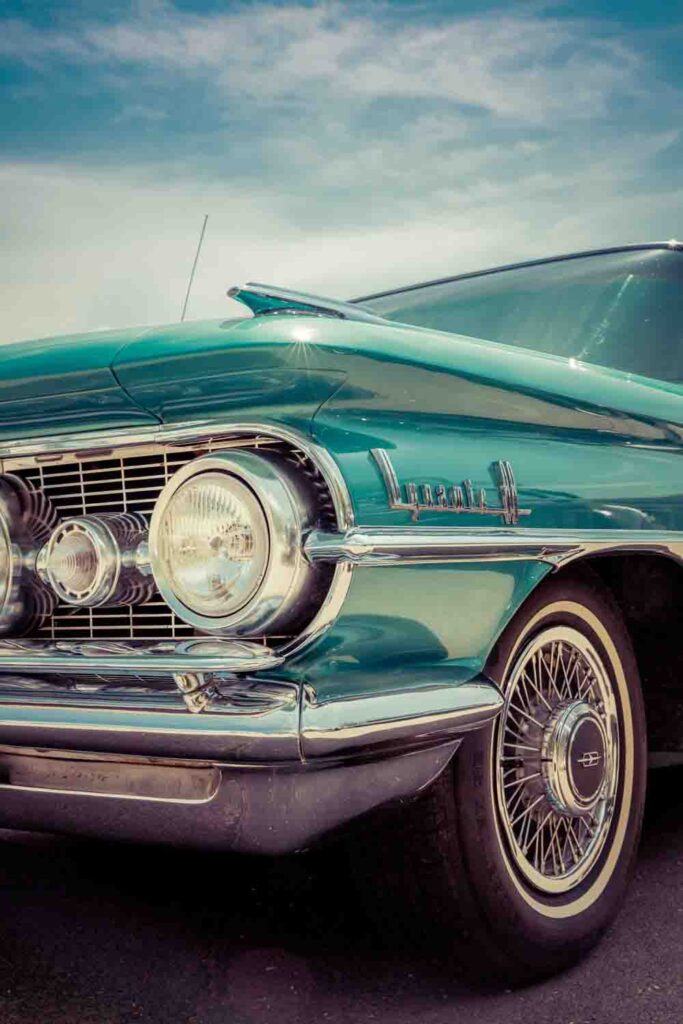My blog focuses on Financial Literacy/Money and Technology. One of the most important expenses is transportation. That said a car can be both costly and problematic if not properly taken care of. The following contributed post is entitled, 7 Essential Tips for Owning a Car (& How Much It Costs).
* * *
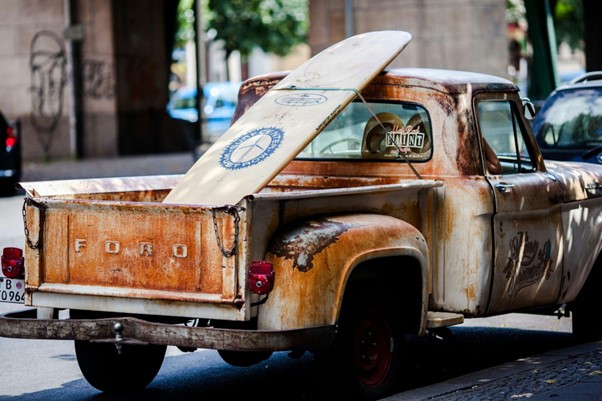
Image Credit: Ross Sokolovski from Unsplash.
Everyone wants to buy a car, and there are plenty of reasons why they do. It offers a lot of freedom and independence, and can even make daily life easier. As much as you’ll look forward to it, it’s always worth knowing as much as possible about actually owning a car.
There’s a lot more involved in this than you’d think. You’ll have a lot of responsibility, and you’ll have to actually look after your car.
This is where so many people get stressed. When it’s their first time owning a car, they mightn’t be sure of what to do. Thankfully, it doesn’t need to be nearly as complicated as you could think. Using a few tips and tricks could help with it a lot more than you’d expect.
Even if it’s your first car, it shouldn’t need to be too complicated. It’s worth looking into a few tips and tricks that could help you with it.
How Much Does Owning a Car Cost?
One of the best car ownership tips you can take advantage of is to make sure you can actually afford it. This doesn’t just mean the outright cost to buy the car. You’ll need to consider the ongoing costs you’ll need to shell out when you actually own it.
Some of the more notable of these expenses are:
● Insurance
● Fuel
● Loan repayments
● Repair and Maintenance
And all that’s before you consider how much the car depreciates in value once you buy it. Add in registration costs, and you’ll end up spending a whole lot more than you’d think.
A recent study says it costs about $6,684 per year to own and run a car. This depends on multiple factors, however, with even the type of car you own playing a role in this. Take the time to make sure you can actually afford that long-term.
You wouldn’t want to end up in a position where you can’t afford your car anymore. And then there’s properly looking after your car.
This is where most people can really use a few car maintenance tips. Thankfully, there are plenty of these out there, and many of them can be more effective than you’d think. Seven of these stand out because of how practical and effective they can be.
Owning a Car: 7 Tips to Use
1. Be Prepared For Breakdowns
You’ll already know you’ll have to spend a decent bit of time on car maintenance. No matter how much time and effort you put into this, there’s still a chance your car could break down. Make sure you’re prepared for this. An emergency kit could be vital, and you shouldn’t have a problem putting this together.
It’s worth including a few specific items in this. A first aid kid, flashlight, and jumper cables are the most obvious. Traffic cones can even be worth investing in to cordon off your car if you break down on the highway, for example. You’ve no reason not to invest in your car emergency kit.
2. Read Through the Owner’s Manual
When you buy a car, you’ll be given an owner’s manual with it. It’s vital you don’t overlook this. It’ll include all of the information you need to drive and look after your car. Read through this as thoroughly as possible once you bring the car home. There are multiple reasons for this.
It’ll make sure you know what you’re doing with any repairs, for example. Without the owner’s manual, you mightn’t know everything you need to know. Getting through the manual doesn’t even need to take a lot of time, but it’s still worth putting the effort into.
3. Pick a Trusted Mechanic
You’ll need to visit a mechanic with your car at some point or another. With how much of an asset your car is, you shouldn’t just go to any mechanic you come across. You’re much better off going with somebody you actually trust. That way, you’ll make sure they’re not overcharging you.
Asking friends and family about mechanics they’ve used is a great way to figure this out. That way, you can find out if certain mechanics are worth avoiding. You’ll be in a position to pick a mechanic you can actually rely on when you need them.
4. Check Tire Pressure
It’s always worth focusing on your car’s safety once you own it. You’ll naturally want it to be as safe as possible. That’s part of the reason why you should take it to the mechanic regularly. Your mechanic isn’t the only one who can look after your car’s safety, though. You could do a few things, too.
Checking your tire’s pressure is one of the more notable of these. By making sure it’s within an appropriate range, you make sure your car’s safe to drive. If the pressure is above or below a certain amount, then it could be too dangerous to drive long-term.
5. Keep Your Papers Handy
You’ll have quite a few papers associated with your car. The most obvious of these will be ownership records, insurance, and similar documents. Then there are the receipts you can get related to any repairs you might’ve had carried out. These are always worth keeping handy somewhere in the car.
You could need a few of these more than you would’ve thought. A lot of this revolves around being stopped by authorities, but you could also need them for filling out various pieces of paperwork. You could need repair receipts for your insurance later on, for example.
6. Pay Attention to Paint
When most people think of damage to their car’s paint, they believe it’s because of an accident. While that can happen quite a bit, it’s not the only source of paint damage. There are more than a few you mightn’t have thought of. Even car washes can damage your car’s paint.
Take the time to look over your car’s paint every so often. That way, you can get it fixed relatively quickly. Though this seems minor, it can help avoid the paint flaking or getting worse later on. Small fixes are a lot easier – and more affordable – to fix than larger ones.
7. Use Common Sense
People often overlook how important common sense is to buying and owning a car. It’s always worth paying attention to your gut, especially when it comes to any potential problems. If you’re hearing noises from your car at any point, then listen to what your gut’s telling you.
Even if everything else seems fine, go with your gut if it says to visit a mechanic, for example. This could help you nip potential problems in the gut and avoid costly repairs later on. There’s no reason not to use your common sense.
Owning a Car: Wrapping Up
Buying a car for the first time is an exciting prospect. Then there’s the thought of actually owning a car. While this is usually great, it can also be relatively stressful. You’ll need to worry about the intricacies of looking after it. This can seem complicated at the start.
Thankfully, it doesn’t have to be as hard as you could think. Using a few tips and tricks helps a lot more than you could expect.
By using a few tips and tricks, you could make it relatively easy. They’ll help you look after your car better without needing to spend a lot of time and effort on it. There’s no reason not to put a bit of effort into a few of them.


